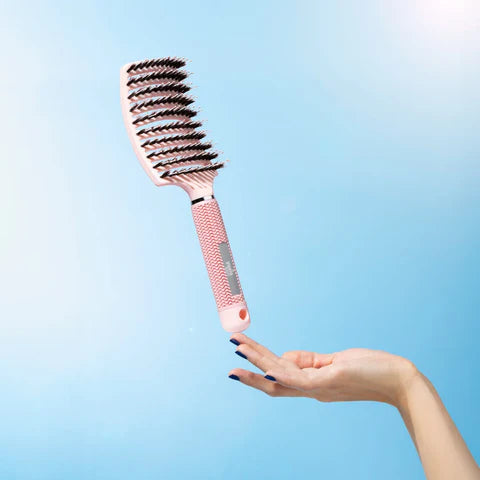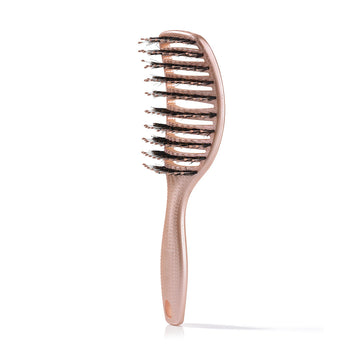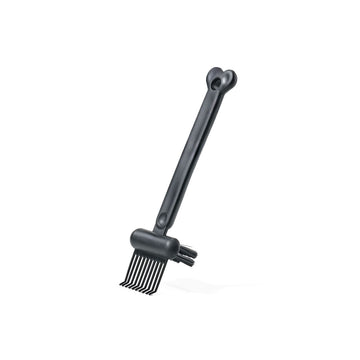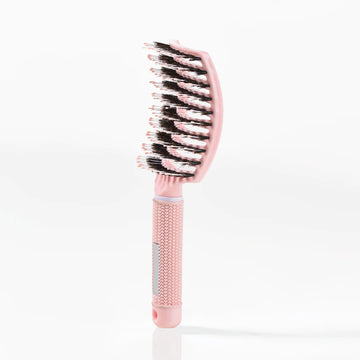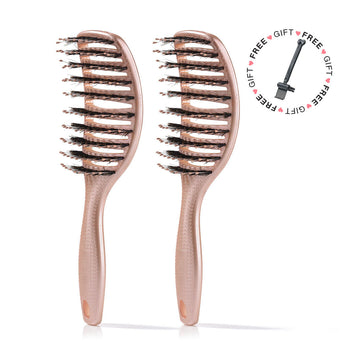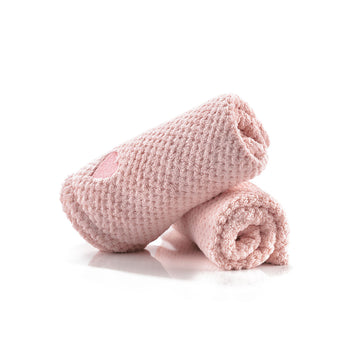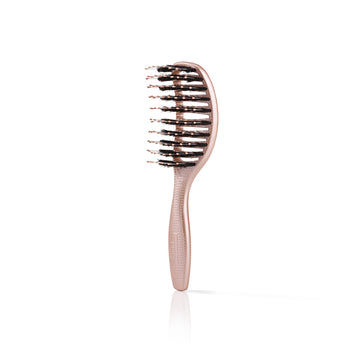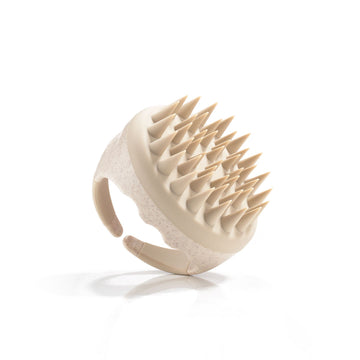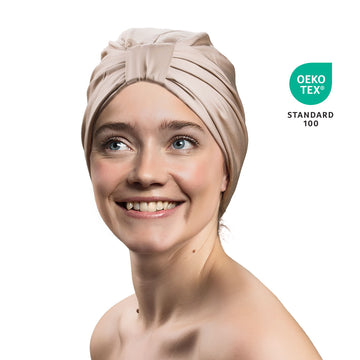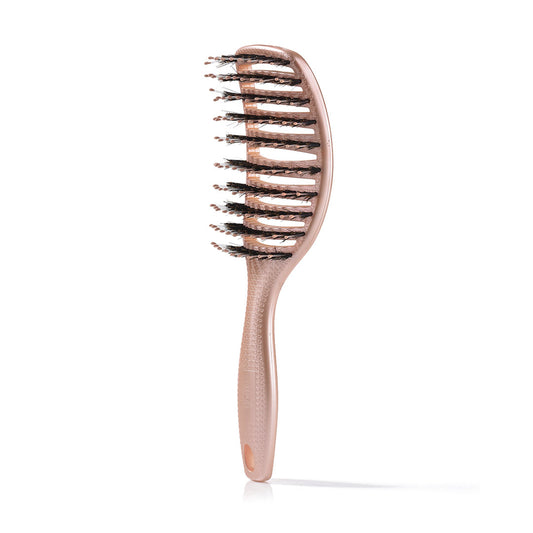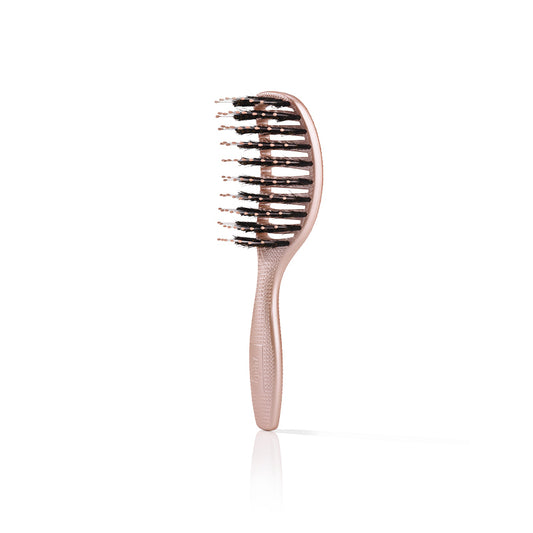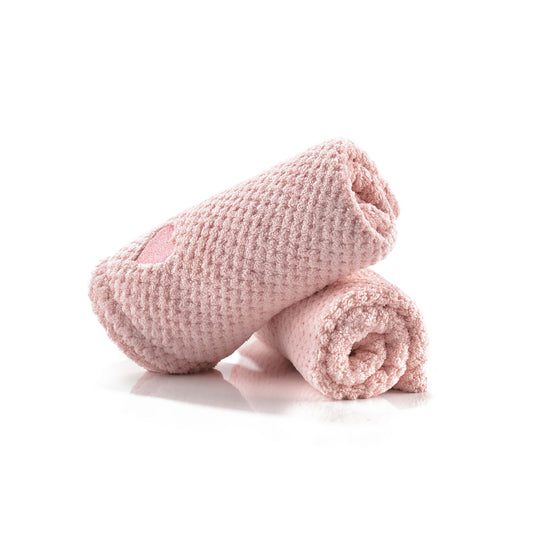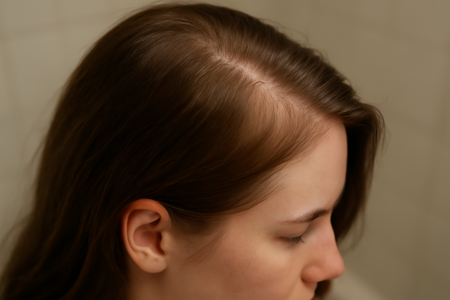
Understanding the Impact of Telogen Effluvium
The impact of telogen effluvium extends beyond the physical loss of hair. Emotionally, it can be distressing to see one's hair thin out rapidly, leading to feelings of insecurity and concern about appearance. Physically, while TE does not typically lead to complete baldness, it does cause diffuse thinning across the scalp, making the hair appear less dense and full.
Common Concerns About Regrowth
For many, the primary concern is understanding the regrowth process following telogen effluvium. Questions often arise about how long it will take for hair to regrow, what the signs of regrowth are, and whether full restoration of hair density is possible. These concerns are natural, given the visible and emotional impact of hair loss. Fortunately, telogen effluvium is generally temporary and reversible, with most individuals experiencing full recovery once the underlying trigger is addressed.
As you embark on the journey to healthy hair regrowth, it's important to focus on supportive care practices. Gentle hair care methods, such as using a boar bristle brush, can help manage tangles without causing further stress to the hair. Understanding the nature of telogen effluvium and its regrowth process can provide reassurance and guide you on the path to restoring your hair's health and vitality.
What is the Typical Timeline for Hair Regrowth?
The journey to hair regrowth after experiencing telogen effluvium (TE) can vary greatly from person to person, yet there are general patterns that many people observe. Initially, regrowth often begins within 3 to 6 months after the underlying trigger has been addressed. During this time, you might notice the emergence of short, fine "baby hairs," a positive indication that your hair follicles are transitioning back to the anagen, or growth phase.
As the months progress, the potential for full regrowth becomes more apparent. Many find that within 6 to 12 months, their hair density restores to its pre-TE state. However, it's important to remember that individual variability plays a significant role in this process. Factors such as the severity of the initial trigger and personal hair growth rates can influence the timeline.
Recognizing the Signs of Regrowth: What to Look For?
As you navigate through the regrowth journey, there are several signs to watch for that indicate healthy progress:
- Visual indicators: The appearance of short, fine "baby hairs" signals that your hair follicles are active and growing again. These new hairs might initially be softer and lighter in color but will gradually mature.
- Texture and thickness changes: Over time, these new hairs will thicken and regain their original texture. This gradual change helps restore the overall volume and density of your hair.
Why is Telogen Effluvium Considered Temporary and Reversible?
One of the reassuring aspects of telogen effluvium is its temporary and reversible nature. Unlike other forms of hair loss that might lead to permanent baldness, TE typically results in diffuse thinning, meaning the hair loss is spread out across the scalp rather than concentrated in one area. This type of hair loss is usually reversible, with a high rate of full recovery once the stressor is removed or managed.
Understanding this can provide comfort and hope, knowing that with time and care, your hair can return to its former state. This is why it's essential to address the underlying causes, such as stress or hormonal imbalances, to facilitate recovery.
How to Support Hair Health and Regrowth?
Supporting your hair's health during this recovery phase is crucial. One effective method is to adopt gentle hair care practices. For example, using a boar bristle brush can help detangle hair without causing additional stress or breakage. This type of brush distributes natural oils from the scalp along the length of the hair, promoting shine and strength.
Additionally, ensuring that any triggers such as nutritional deficiencies or stress are addressed can aid in a smoother regrowth journey. Remember, patience and consistent care are key to achieving the best results.
Supporting Healthy Hair Regrowth
As you work toward regrowing your hair after experiencing telogen effluvium, it's important to adopt practices that support both the health and appearance of your hair. This involves a combination of addressing any remaining triggers and implementing gentle hair care routines.
One effective approach is to focus on maintaining a healthy scalp environment, which is essential for optimal hair growth. Regularly using a nourishing product like our Rosemary oil can help improve scalp health by providing essential nutrients and promoting circulation. This can create a more favorable environment for hair follicles to thrive, potentially accelerating the regrowth process.
Additionally, it's important to protect your hair from damage during the regrowth phase. Avoid excessive heat styling, which can weaken new hair and lead to breakage. When styling is necessary, applying a heat protectant can help shield your hair from the damaging effects of heat tools.
Using a gentle hair care routine is also beneficial. Consider swapping your regular towel for a microfiber towel to reduce friction and prevent breakage. This type of towel is softer on your hair and can help maintain its integrity as it regrows.
Frequently Asked Questions
How long does it take for hair to grow back after telogen effluvium?
Hair regrowth after telogen effluvium typically begins about 3 to 6 months after the trigger has been addressed. Full restoration of hair density can take 6 to 12 months, though this varies based on individual factors.
Is it normal to see baby hairs during regrowth?
Yes, seeing baby hairs is a normal and positive sign of regrowth. These short, fine hairs indicate that your hair follicles are transitioning back to the growth phase.
What should I do if regrowth seems slow?
If regrowth seems slower than expected, it may be helpful to consult a healthcare professional to rule out any underlying issues. In the meantime, continue with gentle hair care practices and address potential triggers.
 2-5 day delivery
2-5 day delivery
 25.000+ satisfied customers
25.000+ satisfied customers
 Satisfaction Guarantee
Satisfaction Guarantee





